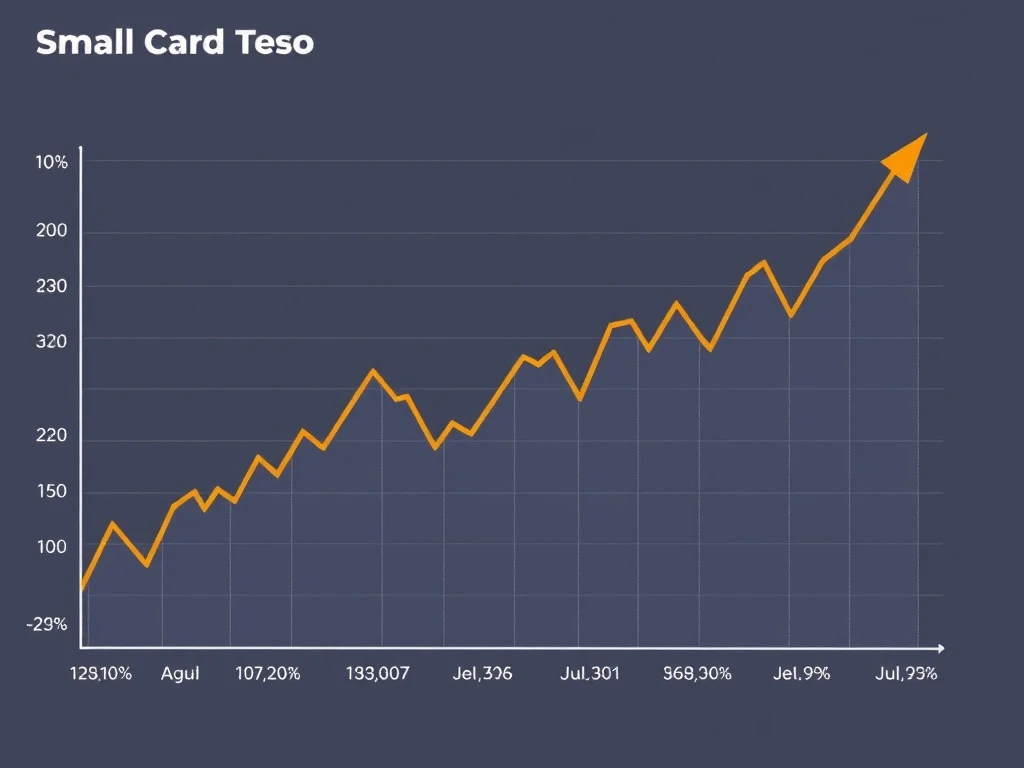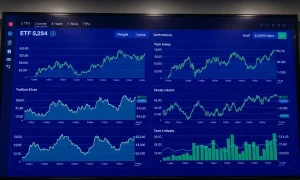Market analysts are witnessing a remarkable shift as small cap stocks demonstrate unexpected strength against their larger counterparts. This development signals potential opportunities for investors seeking growth beyond traditional blue-chip investments.
Small Cap Stocks Show Remarkable Resilience
Recent market data reveals small cap stocks are outperforming expectations. Consequently, many investors are reconsidering their portfolio allocations. Moreover, economic conditions appear favorable for smaller companies. These firms often benefit from domestic economic growth. Additionally, they typically have less international exposure. This characteristic proves advantageous during global uncertainty.
Key Indicators Supporting Small Cap Strength
Several factors suggest sustained momentum for small cap stocks. First, valuation metrics remain attractive compared to large caps. Second, earnings growth projections show promising trends. Third, monetary policy conditions support smaller enterprises. Furthermore, historical patterns indicate cyclical outperformance periods. Investors should monitor these critical indicators closely.
Economic Tailwinds for Smaller Companies
The current economic environment particularly benefits small cap stocks. Domestic-focused businesses gain from strong consumer spending. Additionally, supply chain improvements help smaller operations. Regulatory changes also create opportunities for agile companies. These conditions collectively support small cap performance. Therefore, market participants observe increased institutional interest.
Risks and Considerations for Investors
While prospects appear positive, investors must acknowledge certain risks. Small cap stocks typically exhibit higher volatility. Liquidity concerns may arise during market stress. Furthermore, individual company risks require thorough research. However, diversification strategies can mitigate these concerns. Professional guidance often proves valuable for small cap investments.
Future Outlook for Small Cap Performance
Market analysts project continued strength for small cap stocks. Economic indicators support this optimistic view. Technological advancements benefit smaller innovative companies. Additionally, demographic trends favor domestic-focused businesses. Investors should maintain realistic expectations despite positive signals. Long-term perspectives remain crucial for small cap investments.
FAQs
What defines small cap stocks?
Small cap stocks typically represent companies with market capitalizations between $300 million and $2 billion, though exact definitions vary among index providers.
Why are small caps outperforming now?
Current economic conditions, including domestic growth strength and favorable monetary policy, create ideal environments for smaller companies to thrive.
Are small caps riskier than large caps?
Yes, small caps generally exhibit higher volatility and lower liquidity, but they also offer greater growth potential over the long term.
How can investors access small cap stocks?
Investors can purchase individual stocks, small cap mutual funds, or ETFs that track small cap indices like the Russell 2000.
What economic indicators affect small caps most?
Domestic GDP growth, interest rates, consumer spending, and small business confidence indexes significantly impact small cap performance.
Should investors completely shift to small caps?
Financial advisors recommend maintaining diversified portfolios rather than making extreme allocation changes based on short-term trends.








